
UK studio Dakko Dakko has Nintendo at its heart, thanks to the fact that founder Rhodri Broadbent has ties with the famous video game veteran — he worked on Star Fox Command during his tenure at Dylan Cuthbert's Q-Games in Japan.
Dakko Dakko's next project — the wonderfully titled Scram Kitty and his Buddy on Rails — is coming exclusively to the Wii U eShop, giving us the perfect excuse to pester Broadbent and Dakko Dakko producer Dan Croucher with a host of questions.
Nintendo Life: Can you give us a bit of background on Dakko Dakko?
Rhodri Broadbent: I started Dakko Dakko in 2010, on moving back to the UK after many happy years in Japan. Our first two games came out on PSP and PS3 as PlayStation Minis and now we're working hard on our first game for a Nintendo system; Scram Kitty and his Buddy on Rails.
NL: You've made no secret of the fact that you're a massive Nintendo fan. What was it like working at Q-Games and meeting Miyamoto?
RB: It's no exaggeration to say that working at Q-Games was a life-changing experience for me. I joined when the company was still quite small, and the focus was on developing the prototype for Star Fox Command. The DS hadn't yet been released and there was still so much to learn about the possibilities for two-screen and touchscreen gameplay, so we had a huge amount of fun in simply experimenting. In many ways the Wii U experience has been similar — new hardware, new software and new technology — so working on Scram Kitty is bringing back a lot of fond memories for me.
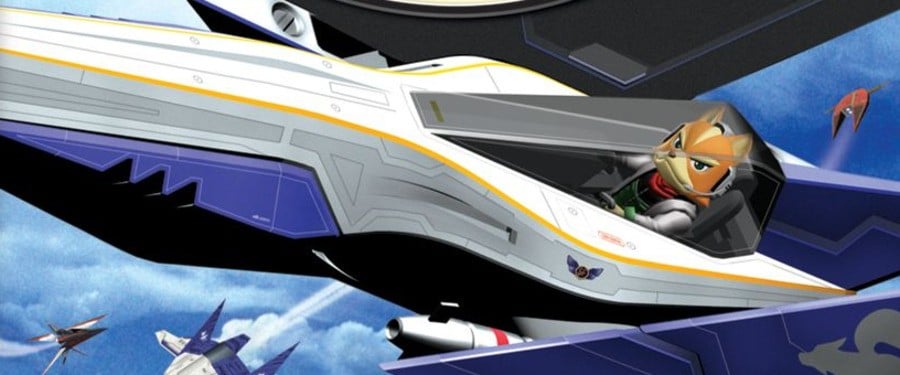
Speaking of fond memories, meeting Mr. Miyamoto was obviously a very nice experience, and although I did sort of crumple into a ball of embarrassment, I think it went OK! For some context though, I was already working with Dylan Cuthbert and Takaya Imamura every day on Star Fox Command, and so by the time Mr. Miyamoto came to the office it was sort of ordinary for there to be famous Nintendo developers around. Working with Imamura-san was especially interesting as he was so involved with The Legend of Zelda: A Link to the Past, which holds an unassailable place in my heart.
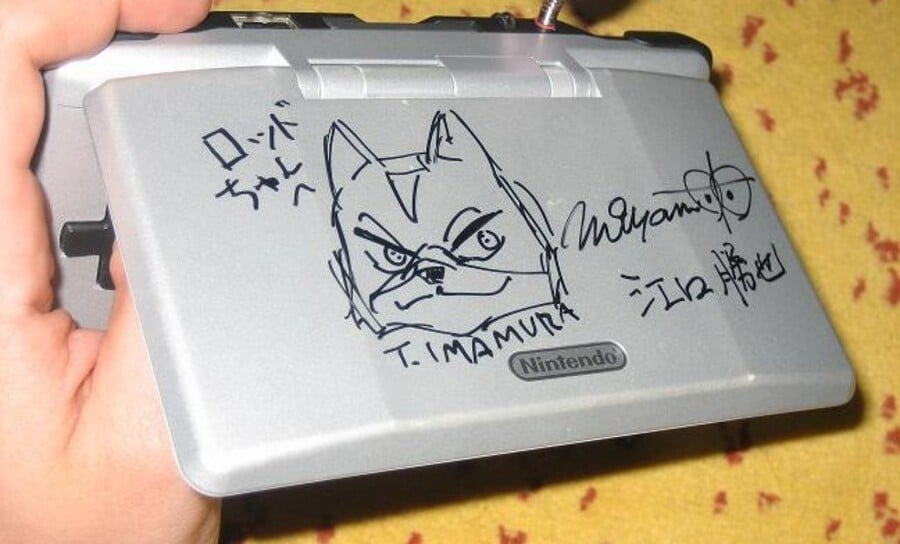
NL: Why do you rate Nintendo so highly? What makes their output so appealing to you as a gamer?
RB: They make many of my favourite games and they continue to prioritise the things which are important to me as a player. I love their attention to detail and to solid controls, as well as their willingness to try crazy new stuff - from the Game Boy Pocket Camera, Wii Sports and Wario Ware to Rhythm Tengoku - and not forgetting my personal favourite - Donkey Kong Jungle Beat. Often the Nintendo teams are so good at adding flair and polish to these games — even when they are fairly new ideas — that it gives the appearance of simplicity when the opposite is actually true. I'm sure most developers would agree that it's tremendously hard to make games feel as natural and complete as Nintendo games usually do.
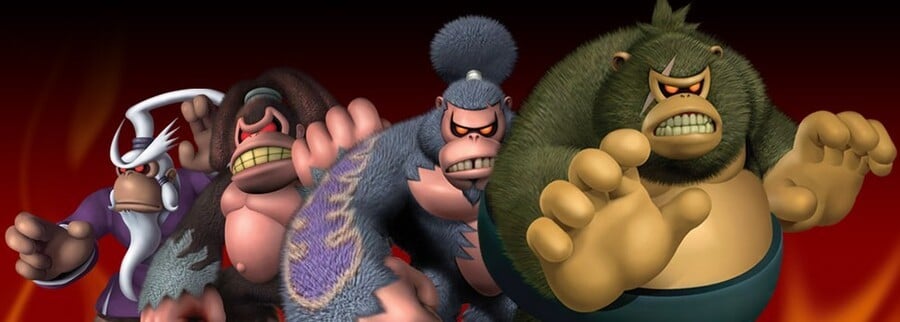
NL: Your previous titles have been on Sony hardware - what made you consider the Wii U as the platform for Scram Kitty, as opposed to the Vita or PS3?
Dan Croucher: The primary reason is the Wii U hardware itself. The mix of second-screen, next-gen power and the infrastructure Nintendo is building with Miiverse and the eShop was too much to resist. Scram Kitty as a game was designed with Wii U in mind even before we approached Nintendo, and we believe in developing a particular game that suits the platform's unique features. We'd be happy developing for Vita or PS3, of course, and really hope to do so in the future, but we'd make a different game on a different platform. Scram Kitty himself decided on Wii U in this case!
NL: What excites you most about the Wii U hardware?
DC: Primarily it's the opportunities offered by the player having what amounts to a next-gen console both in their hands and on TV simultaneously. The lag-free display on two screens at once — and the gameplay opportunities that open up as a result — are really exciting. It's also a huge advantage that Wii Remotes and nunchuks are all so smoothly supported; there are so many of those out there already that 'spur of the moment' multiplayer is really easy for a lot of players.
Not to mention that with Wii U and legacy Wii controllers, you retain all the features like motion detection, pointing, speaker, and so forth — there are so many ways to entertain people. I think Nintendo Land and other launch games have only really scratched the surface of what developers will try on Wii U — especially in terms of multiplayer, controller use and GamePad use. On top of that, Wii U has plenty of power and well-integrated services that will only improve and expand. It's great fun to develop on.
NL: Can you explain the core gameplay behind Scram Kitty?
DC: Scram Kitty is, at heart, a more-or-less equal mix of shooter and platformer. It takes an evolution of the 'wall-riding' controls of The 2D Adventures of Rotating Octopus Character [one of Dakko Dakko's previous titles] and puts them onto super-fast magnetic rails that can be ridden in any direction. Then we add shooting!
So as a player you're involved in not only controlling yourself as you ride on these swooping, changing, hyper-magnetised rails, but also using a variety of weapons to clear out wave after wave of enemies.
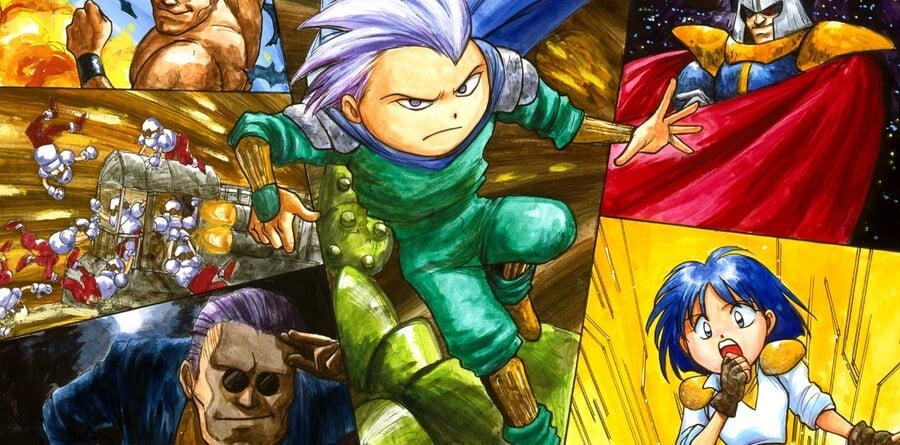
NL: Have any titles provided direct inspiration for the game?
DC: Both top-down shmups and platformers are influences, especially games from what you might call the SNES and Amiga eras, depending on your history. Day to day, depending on mood, we've referenced games like Smash TV, Speedball, Ikaruga, Pac-Man CE, Gunstar Heroes, Bomberman, Alien Breed, Super Aleste and of course Super Mario Bros., to name a few! Ultimately it's a special Dakko Dakko take on an arcade game for this generation, on a unique kind of console.
NL: You've spoken about a fondness for family-focused gaming previously. What kind of social elements are you hoping to include in the game?
DC: Obviously the Wii U offers so many ways to include other players; this is a big focus for us. Scram Kitty himself exists on the TV while you play on the GamePad, and his role is partly to entertain and include other people in the room alongside the primary player — the right game, played with real skill can become a spectator sport, whether that's just people waiting their turn or even family who don't want to play but love watching someone else — we've all experienced that and we want to encourage it with Scram Kitty.
We're also exploring both a "1.5 player" co-op mode, with both Rayman Legends and New Super Mario Bros U's Boost Mode inspiring us in that area. Alongside this, we're looking at a multiplayer battle mode using as many Wii Remotes as available. Time will tell exactly which features we can include in the first release of Scram Kitty, of course!
NL: When can we expect to see the game on the Wii U?
DC: Scram Kitty and his Buddy on Rails is due for release on the Nintendo eShop in late 2013 — in plenty of time for Christmas.
NL: Do you have any ideas for future projects on the console?
DC: So many. Too many to even consider exploring right now, unfortunately. Dakko Dakko now has enough staff to stage a proper board game night, and we've been playing a lot of Risk Legacy recently, and a bit of Scotland Yard. Both of these usually cause an explosion of new multiplayer Wii U game ideas, as well as just about anything else in life!
NL: What's it been like working with Nintendo?
DC: Nintendo has been great — it's notable how little we have to worry about anything on the platform really. Everything we need is there — support is fast and there's loads of documentation that's regularly updated, Dev kits are easy to get, and use. We're very happy.
NL: The Wii U has been struggling to find its feet in the marketplace. Why do you think this is? Can the system turn the corner in 2013?
DC: From a personal perspective, I wouldn't be confident saying if it's actually struggling or if this is a perception or a self-perpetuating news story — it feels OK to me, but I don't pretend to know what numbers a new console 'should' do in it's first six months, or how many games it should sell.
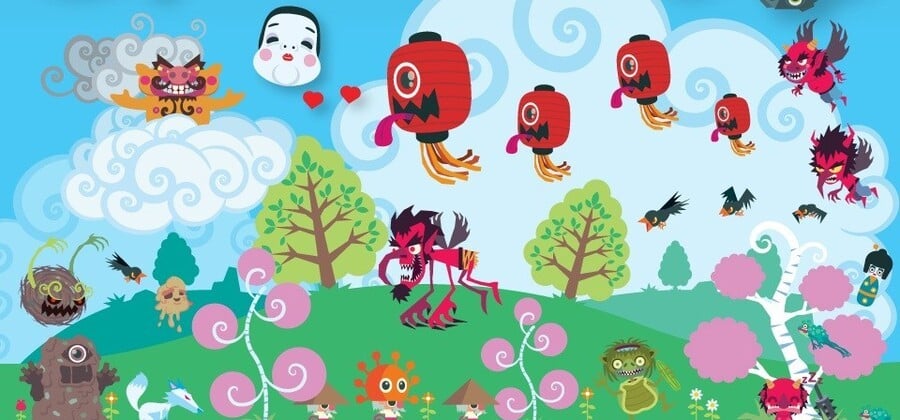
The regular console cycle is changing and there's so much more competition for players' time these days, it's quite hard to predict what 'normal' is anymore, or how the market will be split up. If there's one company to trust on games though, it's Nintendo — whatever else happens in the world, it will always make incredible games that sell consoles — and in the Wii U's case Nintendo's also made big strides in online, in developer support, in communication.
I don't see any particular reason to worry for Wii U when I look at the first party line-up. Console transition years are always unpredictable when it comes to the big third-party publishers, but this time around, 2013 seems more than ever to be the year in which independent developers can define the gaming landscape — and I believe Wii U is a great platform for them to do just that.
Thanks to Rhod and Dan for taking the time to talk with us!

Comments 17
That's a nice list of inspirations! I'll be looking forward to this.
See, you can be a fun loving fanboy and not be a screaming lunatic. One to watch
Great article!
This article made me feel good about the Wii U again
wheres the download news?? it comes every tuesday?
I love these articles I wondered when these were going to stop, but they just keep on trucking!
Another awesome interview! & another awesome game to keep on the "games to watch list".... Awesome!
@123akis ummm, no. it's thursdays
@Marioman64
UK eshop news comes earlier than US.
I'm glad to hear this is developed with Wii U specifically in mind. So many of these indie projects are "also coming to Wii U!" so the design is made with a broader, play-on-anything kind of philosophy. Off-TV play will be cool, but little else will take advantage of the GamePad. So I hope more indies and 3rd parties in general are able to develop something for Wii U specifically. Only then will we start to understand what kind of ideas are possible on it.
Well, the idea behind the game is definitely cool. Glad they're making use of the Gamepad in interesting ways.
Great Interview. Can't wait for the game.
Looks like it will offer some great exclusive gameplay for the Wii U.
I really love that drawing of Star Fox used with a sharpie on a DS.
Sounds great. The concept of having the TV act as an 'episode', while you're playing on the gamepad sounds cool. If they get 4 wii remotes going along with the gamepad, I can guarantee I'll have my family playing.
Great interview Damien, its nice to hear from a game developer that has the same passion as us nintendo gamers.
I love how this well written and interesting interview only has 19 comments whereas that article about Sony "trolling" Nintendo had over 200.
Tells a lot about the current state of video game journalism.
totally agree with what he says about the wii u sales - most of the frustration we see coming on the news (including this site and its comments) seems to be due to over-expectation, not only wrt sales but also to game line-up, specs, etc.
btw, Gunstar Heroes was great fun, would love to see a sequel!
Tap here to load 17 comments
Leave A Comment
Hold on there, you need to login to post a comment...